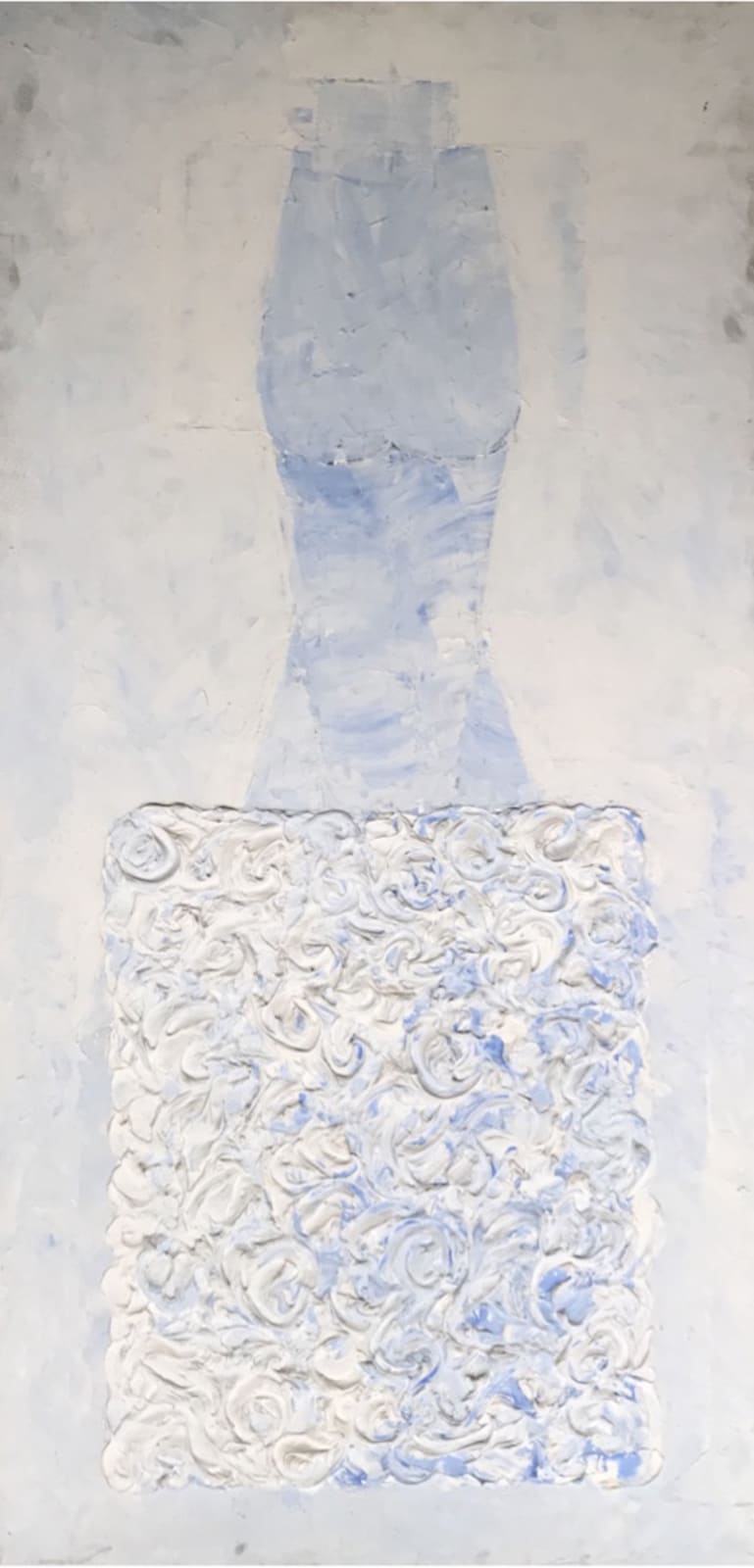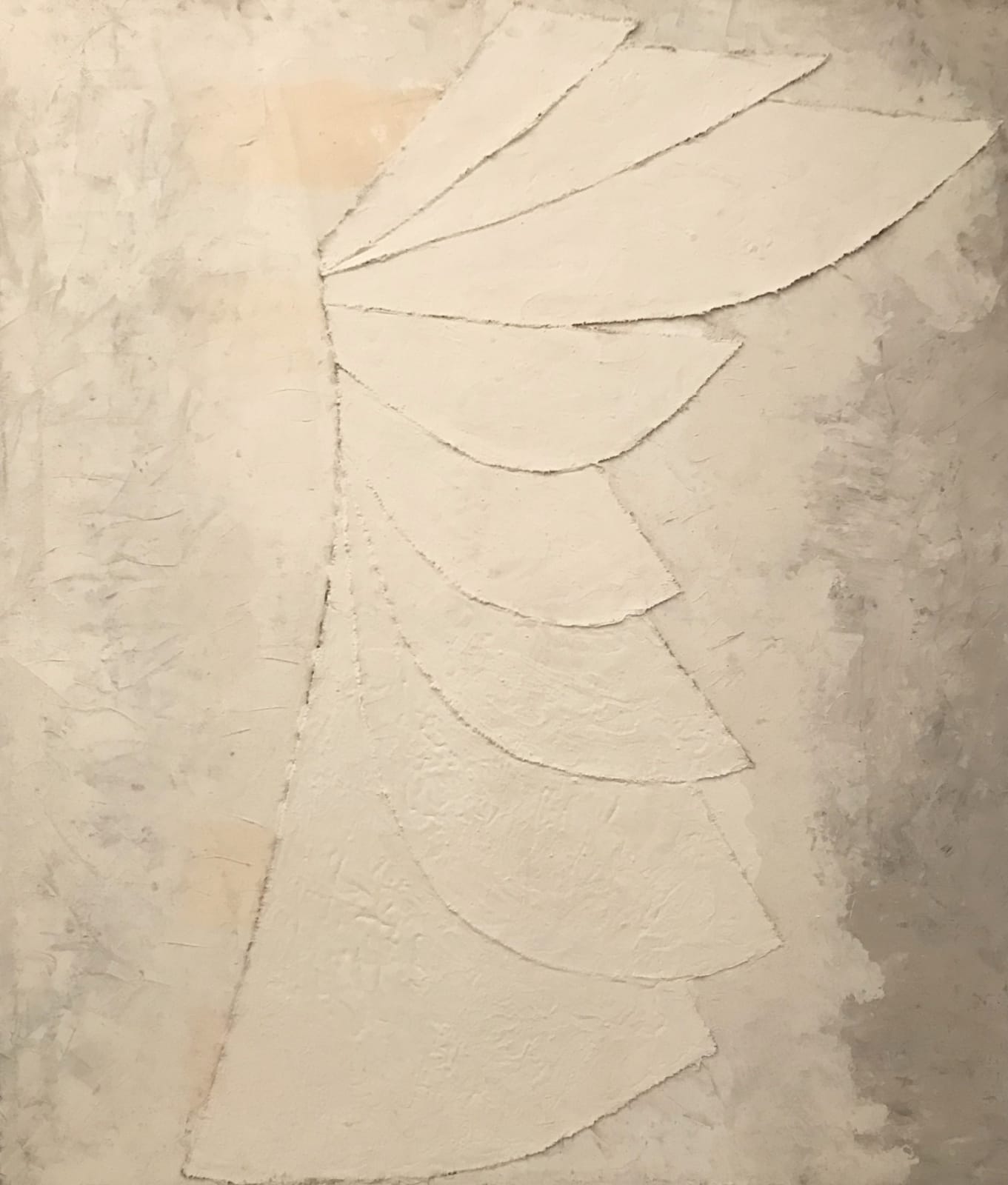Flavio Lucchini was born in Curtatone (Mantua) in 1928. He attended the Faculty of Architecture in Venice, the Milan Polytechnic and later the Brera Arts Academy.
His artistic career unwinds from the bass-relieves Fashion-Lunapark of the early Nineties, iconic and exaggerate, to the Dress–Toys (1993/95), small irregular cubes made of lacquered iron or Cor-ten steel, casually arranged as to represent figures and dresses as if they were constructed by children. Later they developed into urban Totem, iron, steel, cast-iron and silver, also designed for open spaces. With the Gold, sculptures in golden bronze and golden leaf, he creates small pagan idols, a homage to the dress-myth of our times. The long series of Dress-Memory, white lacquered resin, hypothesize indestructible traces of fashion and are a sort of archaeology of the dress which surfaces from matter as relics from a time that was. The Ghost series, big surreal sculptures, are ghosts of dresses without bodies. Then the register changes, Lucchini draws closer to pop aesthetic, to toys. He observes teen-agers still girls but already women, with their belly-buttons exposed to sight and with the codes of their tribes: here are the Dolls, playful sculptures, naïve and cheeky, ironic and coloured girls of our time; here are the Marshmallows, sugary works, dolls and puppets with infantile features. Faces, women’s faces in bass-relief, features that mutate with light and that are a reflection of the diverse identities and on cosmetic surgery that renders everybody the same. Beyond fashion: Lucchini conscious of social phenomena, he reads in his own way the dress that surfaces from the past, from afar and that is deeply insinuating itself in the present and the western world. The Burqa are digital works and sculptures that reflect the woman denied, the unsupressable desire to be oneself, also using a provocative language, the codes of fashion and advertising.
Lucchini’s research today moves between the sacred and the profane through a digitalized revisitation of the most famous religious themed art-works of the past, contaminated by the icons and social behaviour of today.
























 W: +39 3357055914
W: +39 3357055914